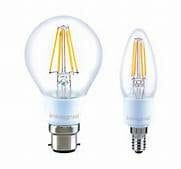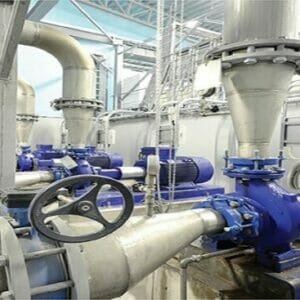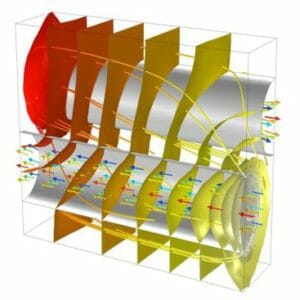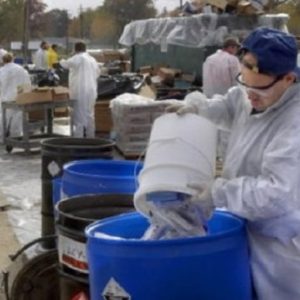Subtotal: $4.99
E – 1495 Solid-State Lighting (LED) Technology
$75.00
Courses Included
LEDs (Light-Emitting Diodes) are semiconductor devices that emit light through electroluminescence. This basic fact is the foundation for many of the advantages of LEDs, since the source of LED light is different from traditional light sources. Some of the potentially favorable characteristics of LEDs compared to traditional lamps include directional light emission, wide size and form factor choice, resistance to mechanical failure (i.e., breaking), instant “on” at full output, rapid on-off cycling capability without detrimental effects, improved performance at cold temperatures, dimming and control capability, opportunity for color tuning, minimal nonvisible radiation [e.g., ultraviolet (UV), infrared (IR)], and extended lifetime.
But even though LEDs have advantages over traditional lamps, generalized comparisons are often misrepresentative. For example, no matter how much energy can be saved using an LED, if the product does not meet all the performance requirements of a given application, it is not a good design choice. This course describes the characteristics of LEDs and discusses situations where LEDs would be appropriate and other situations where traditional light sources should be chosen instead. Health and safety issues of LEDs are also discussed.
This course is based on a compilation of fact sheets from the U.S. Department of Energy Office of Energy Efficiency & Renewable Energy (http://energy.gov/eere/ssl/led-basics), April, 2016.
Description
LEDs (Light-Emitting Diodes) are semiconductor devices that emit light through electroluminescence. This basic fact is the foundation for many of the advantages of LEDs, since the source of LED light is different from traditional light sources. Some of the potentially favorable characteristics of LEDs compared to traditional lamps include directional light emission, wide size and form factor choice, resistance to mechanical failure (i.e., breaking), instant “on” at full output, rapid on-off cycling capability without detrimental effects, improved performance at cold temperatures, dimming and control capability, opportunity for color tuning, minimal nonvisible radiation [e.g., ultraviolet (UV), infrared (IR)], and extended lifetime.
But even though LEDs have advantages over traditional lamps, generalized comparisons are often misrepresentative. For example, no matter how much energy can be saved using an LED, if the product does not meet all the performance requirements of a given application, it is not a good design choice. This course describes the characteristics of LEDs and discusses situations where LEDs would be appropriate and other situations where traditional light sources should be chosen instead. Health and safety issues of LEDs are also discussed.
This course is based on a compilation of fact sheets from the U.S. Department of Energy Office of Energy Efficiency & Renewable Energy (http://energy.gov/eere/ssl/led-basics), April, 2016.
- Learning about energy efficiency of LEDs
- Using LEDs to their best advantage
- Knowing how to establishing LED equivalency
- Knowing about LED lifetime and reliability characteristics
- Understanding the characteristics of general service LED lamps
- Learning about optical safety of LEDs
- Knowing about aspects of lighting related to health
- Understanding flicker


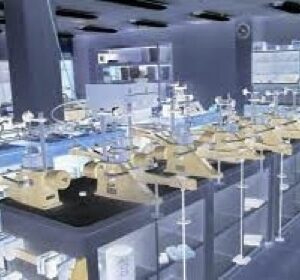 TP - 1106 An Introduction to Triaxial Compression Soil Tests for Professional Engineers
TP - 1106 An Introduction to Triaxial Compression Soil Tests for Professional Engineers 